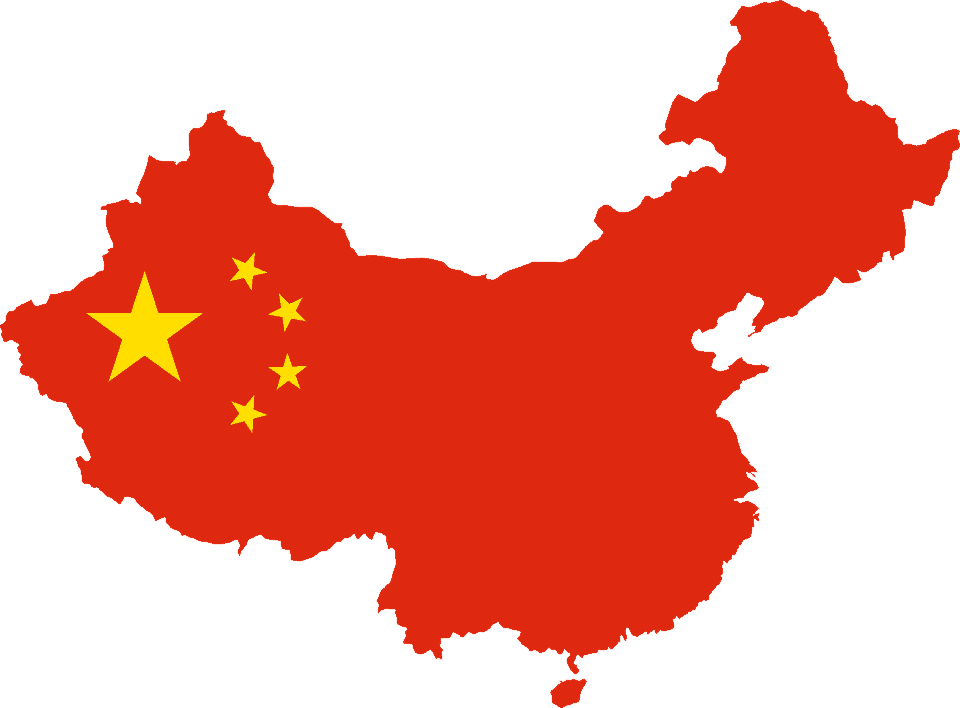The latest US National Science Foundation (NSF) report suggests that China has overtaken the US on at least one important science indicator: the total volume of published scientific papers.
In 2016, China published 426,000 science studies, accounting for 18.6 percent of all studies published internationally, overthrowing the historical leader, the United States, which published 409,000 papers. This shouldn’t come as a surprise; it was predicted several years ago.
“This year’s report shows a trend that the U.S. still leads by many S&T measures, but that our lead is decreasing in certain areas that are important to our country,” said Maria Zuber, NSB Chair and Vice President for Research at the Massachusetts Institute of Technology.
“That trend raises concerns about impacts on our economy and workforce, and has implications for our national security. From gene editing to artificial intelligence, scientific advancements come with inherent risks. And it’s critical that we stay at the forefront of science to mitigate those risks.”
Quantity does not necessarily mean quality, however. The United States still ranks much better than China as far as scoring citations from other scientific papers go. Even so, neither nation is the global leader. This distinction belongs to Sweden, followed by Switzerland, US, the EU, and China, in this order. Between 2004 and 2014, the share of U.S. publications with citations from abroad increased from 47 percent to 56 percent.
While China is now the world leader in published scientific papers in absolute numbers, the country does not dominate every field of science. For instance, researchers based in the US and the EU publish more than China in fields like biomedicine. China publishes the most in engineering, along with South Korea.
By another important metric, namely Research & Development expenditure, the US is still the undisputed leader — but not for long. Last year, the US spent $496 billion on research and development or 26 percent of the global total, while also attracting $70 billion in private investment. China spent $408 billion and attracted $34 billion worth of venture capital in 2016. However, since the year 2000, China has been increasing its R&D expenditure by a staggering 18 percent a year while the US committed just a 4 percent annual increase. At this rate, it won’t take long for China to invest more than any other country in R&D.
Results are clearly showing for China. Between 2000 and 2014, the number of people graduating with a science bachelor’s degree has risen from 359,000 to 1.65 million, compared to 483,000 to 742,000 in the US.
In other words, China is on the cusp of becoming the undisputed king of science and technology — and this is only good news for everyone else. Perhaps, such formidable progress will embolden sluggish institutions to step up their game or otherwise risk bitting the proverbial dust.
“R&D — basic, experimental and applied — is the fuel that drives American business. Our ability to turn basic and experimental research results into practical applications is the stuff of legends,” said Vinton Cerf, NSB member and Vice President and Chief Internet Evangelist at Google.
“We risk the continued success of the American enterprise if we fail to adopt policies that reinforce this boundless triad of opportunity. It is time to reverse the declining trend in federal research support and re-invigorate American innovation.”










